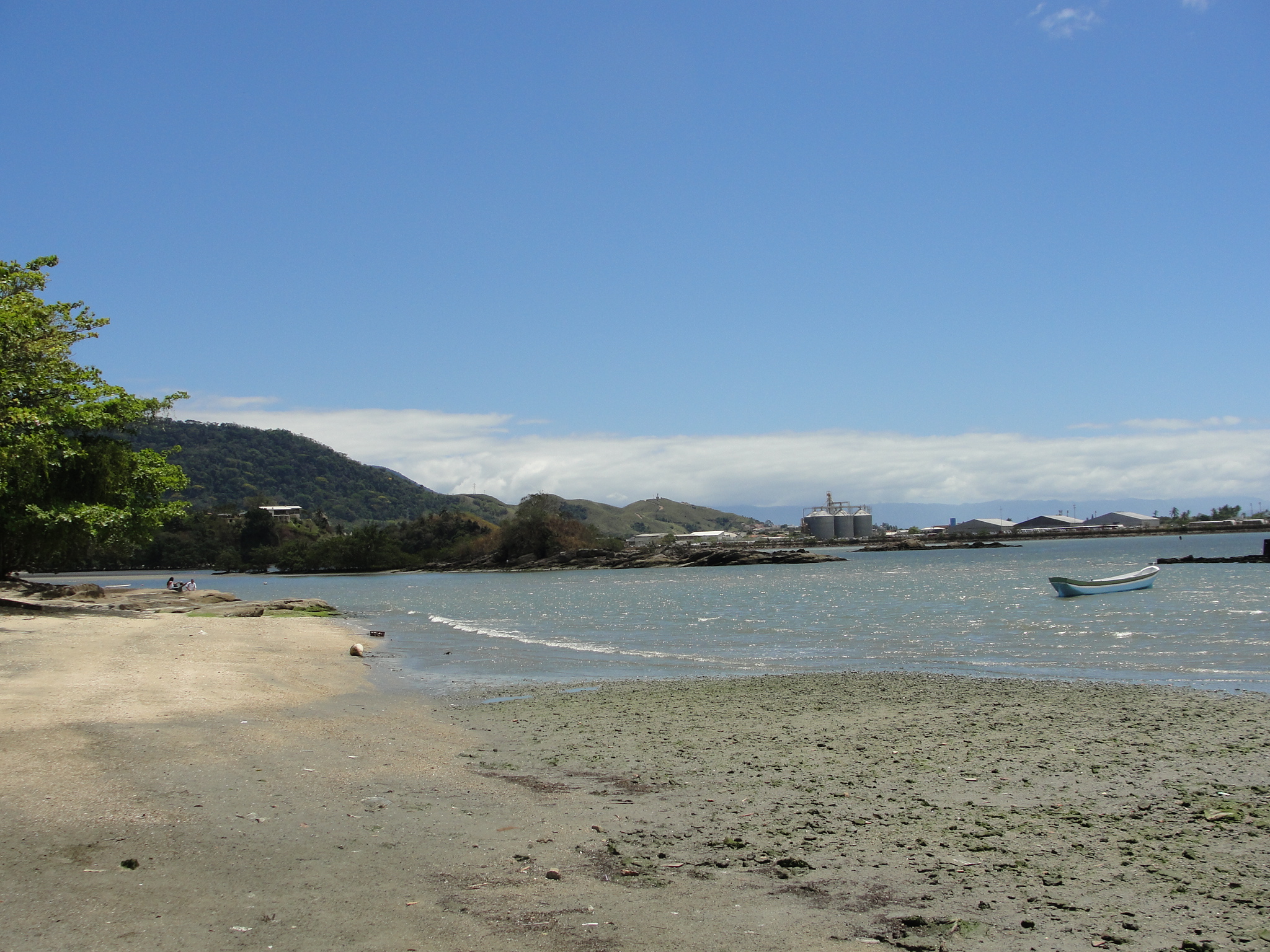Thematic assessment report on invasive alien species in Brazil: summary for policymakers
Abstract
Abstract Biological invasions are one of the major threats to biodiversity and good quality of life, resulting from the translocation of species by human action. There are more than 500 alien species currently invading ecosystems in Brazil, particularly plants and fishes, while little is known about invasive microorganisms. Although invasive alien species are present in all ecosystems in the country, most have been recorded in habitats with greater human interference, such as urban and peri-urban areas, farmland, dams, reservoirs, ports, and canals. Historically, the southern and southeastern regions of Brazil have had more invasive alien species, but there has been an increase in the number of invasive alien species in the central-western and northern regions in recent decades. The ornamental trade of plants and fishes as well as the illegal pet trade of wild mammals and reptiles are some of the main pathways for invasive species introduction and spread in Brazil. Breeding and cultivation systems that allow escape to natural areas are a relevant route of species introductions in freshwater ecosystems, while unintentional introductions from shipping and infrastructure are of extreme concern in marine ecosystems. The negative impacts of invasive alien species on the biota mainly include changes in community structure and local decrease in native species richness, mediated by predation, competition, and ecosystem changes. Most negative impacts are recorded for intentionally introduced species, such as fishes and plants, but unintentional introductions have led to impacts on good quality of life, with associated costs and impacts on human health. The management of biological invasions faces challenges that need to be overcome, such as the lack of public knowledge about the impact of invasive alien species, the popular appeal of charismatic invasive species or those used by humans, and the use of controversial control techniques. However, successful experiences of eradication and control in terrestrial and marine ecosystems have been recorded, some of them involving public engagement in management actions. Recognizing the issue as a cross-cutting public policy and developing ongoing governance experiences are fundamental goals for the management of invasive alien species in Brazil.Published
2024-01-01
How to Cite
Dechoum, M. S., Junqueira, A. de O. R., Orsi, M. L., Ziller, S. R., Pivello, V. R., Zenni, R. D., … Galheigo, F. A. (2024). Thematic assessment report on invasive alien species in Brazil: summary for policymakers. Biota Neotropica, 24(2). Retrieved from https://www.biotaneotropica.org.br/BN/article/view/2052
Issue
Section
Points of View
